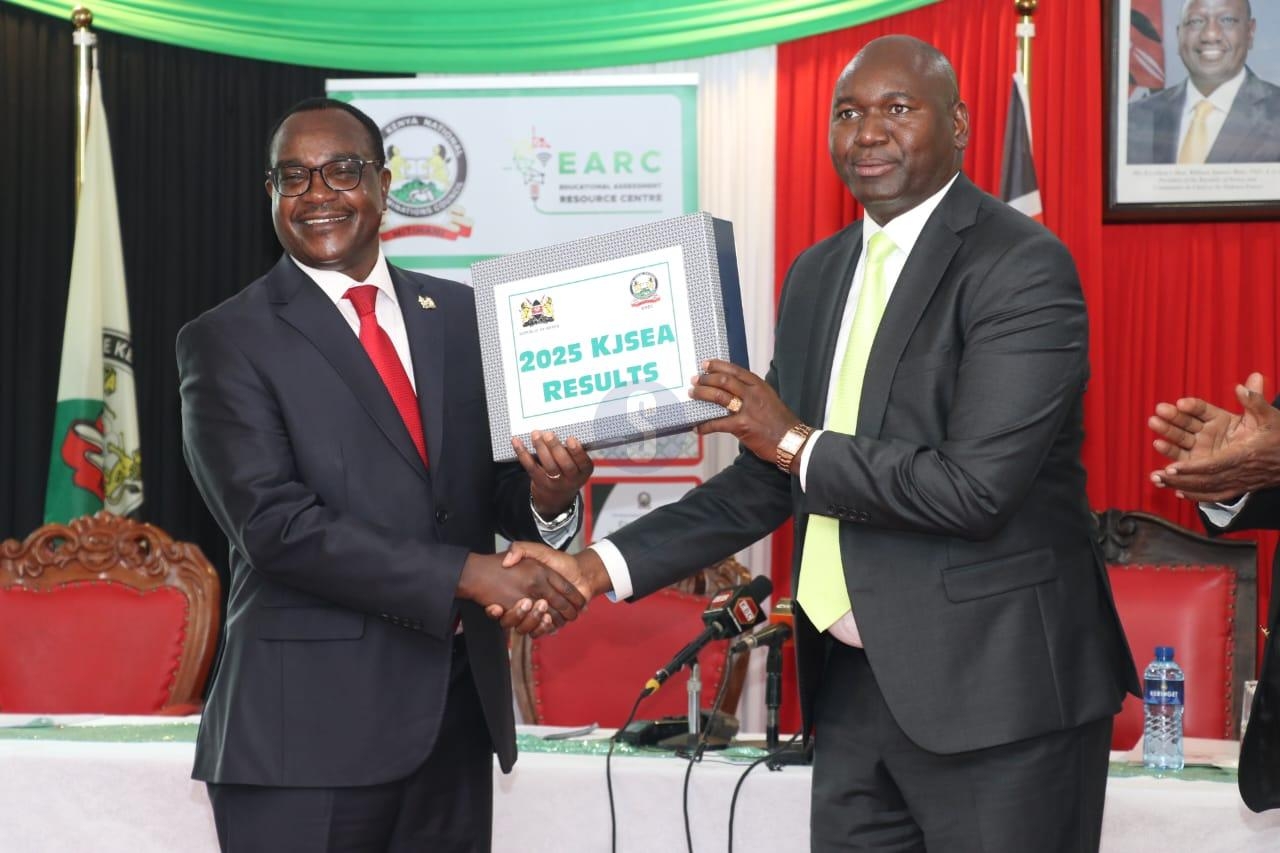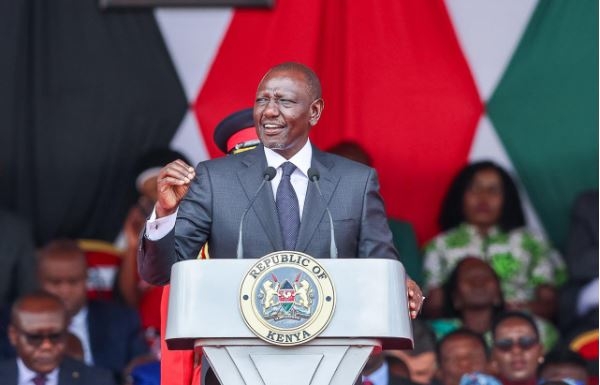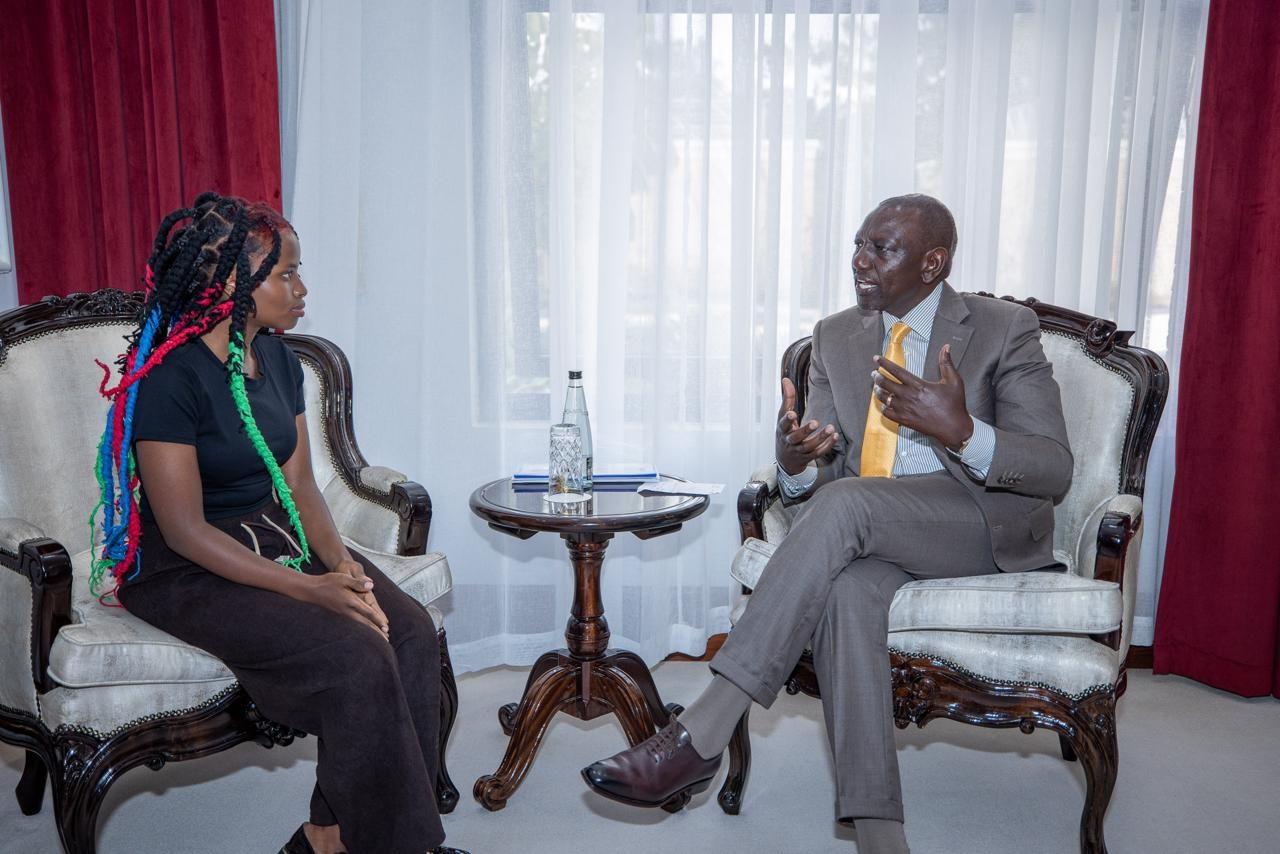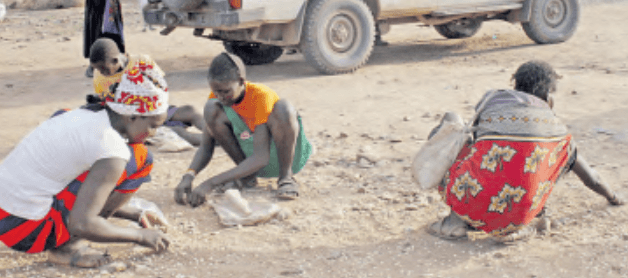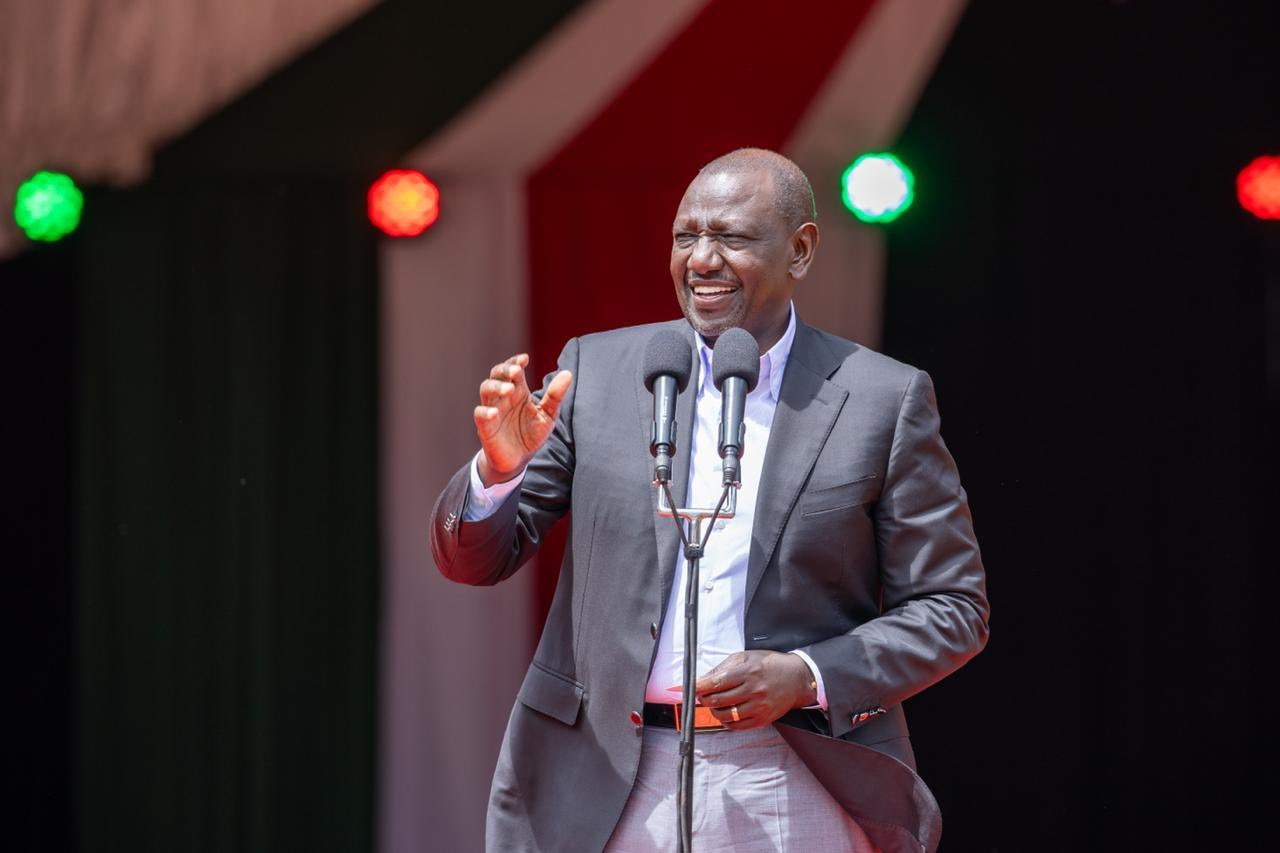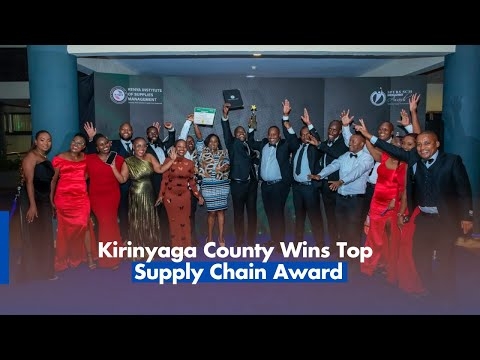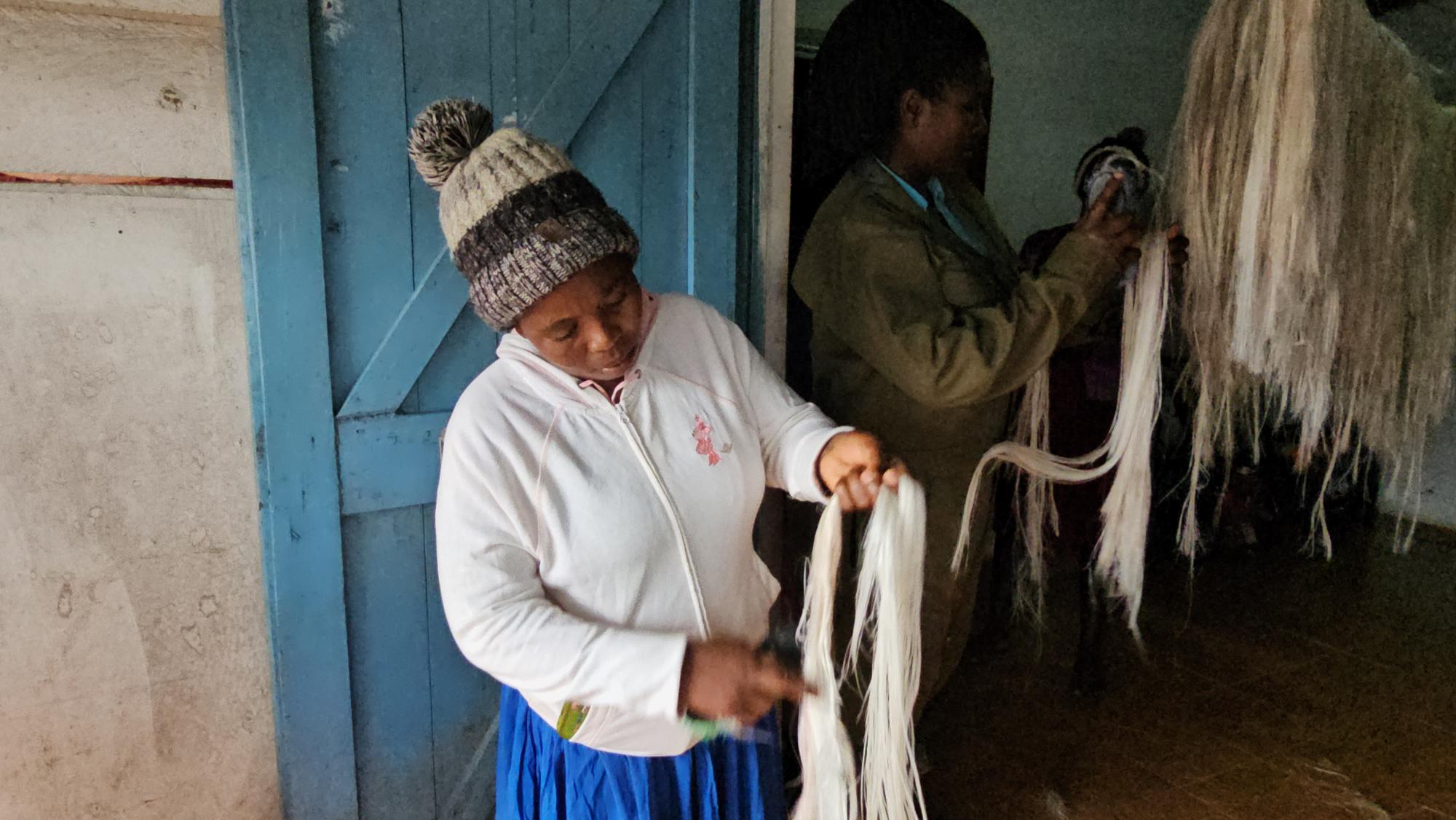
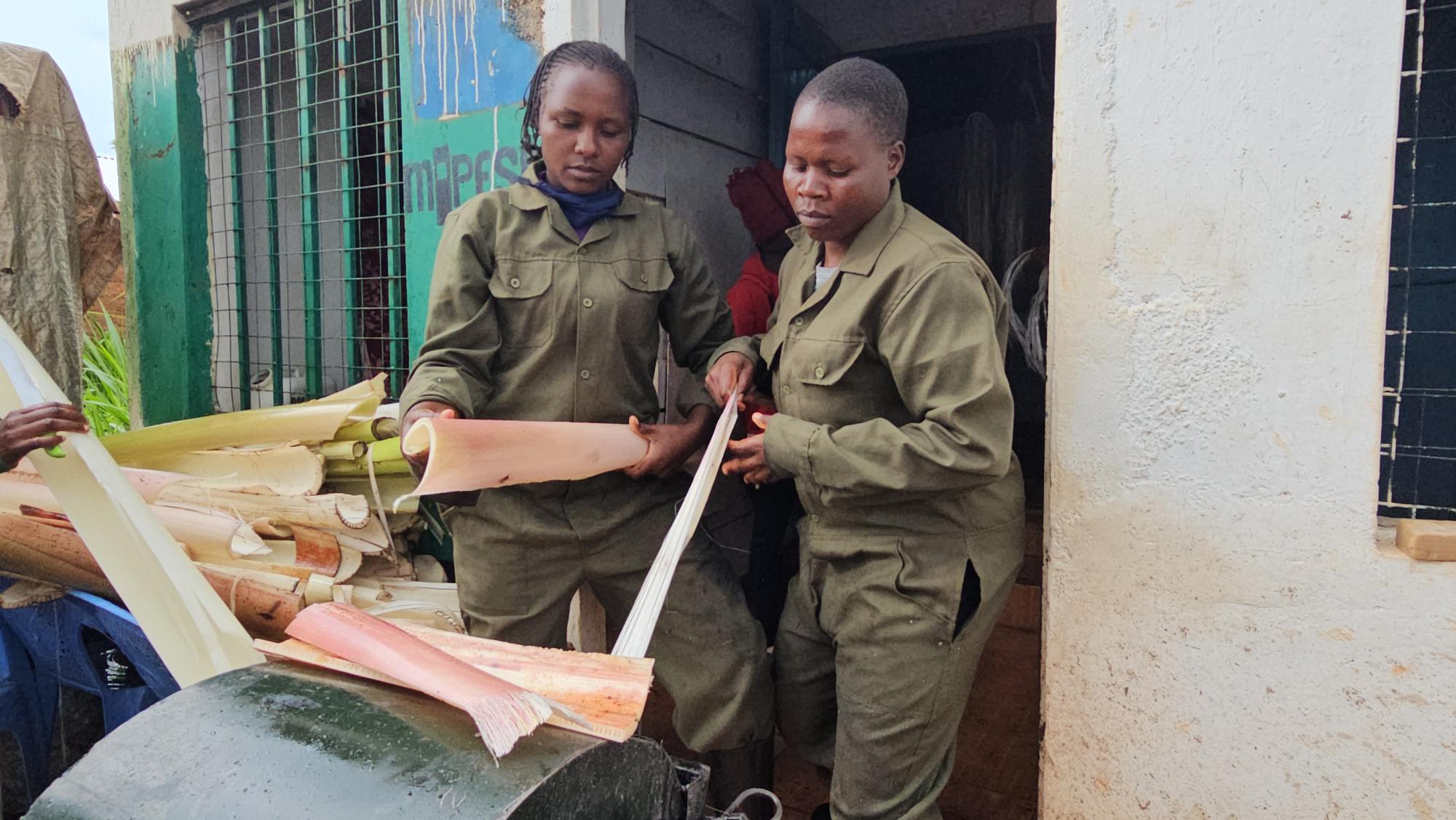
When women of Wefahson Banana
Cooperative Society in Nyamira county first learnt that banana stems could be
turned into fibre, they were skeptical.
Today, they can barely keep up with the demand for baskets and hair braids made from them.
The women have turned the stems, that were once left behind in the farms to rot, into a thriving source of income.
These business activities have powered a quiet green revolution in Kenya’s banana and beef value addition chains.
Aska Nyakwara, 35, and a member of the cooperative said they acquired the skills during a training on economy principles last year.
She says she never imagined how much the training would change her life.
“Before, we threw away most of the banana stems after harvest,” Nyakwara says.
“Now, we use them to make fibre for baskets and hair braids and even extract liquid fertiliser from them. This means waste nothing.”
Her cooperative, which has more than 1,000 banana farmers across Nyamira county, is now linked to a banana fibre market in Morocco. The group can barely meet the demand.
“Initially, we had about 40 per cent post-harvest losses and nearly 90 per cent of banana peels, stems were all discarded,” Nyakwara says.
“Now, our waste is down to 16 per cent and we are using more than half of the banana by-products for new products.”
From the stems, the farmers produce banana fibre, which is woven into items like handbags, mats and ropes.
The liquid sap from the stems is fermented into organic foliar fertiliser, while banana peels are transformed into vinegar and manure. What was once waste now, sustains livelihoods.
This transformation is part of a larger initiative by the United Nations Industrial Development Organization, in partnership with the Food and Agriculture Organization and the International Organization for Migration.
The project, implemented in Nyamira and Laikipia counties, seeks to strengthen circular economies and systems that minimise waste by reusing and recycling materials across industries.
Experts define circular economy as a concept that challenges the traditional “take–make–dispose” model, which has dominated most economies, promoting instead a zero-waste approach that turns by-products into valuable resources.
In Nyamira, where bananas are a key source of income, the project has opened new opportunities for farmers, youths and women.
“We have not just received support to enhance recycling and create employment, but we have also solved a major waste management problem in the county,” Benard Maina, trade and cooperatives executive said.
Nyamira government has gone a step further by developing an investment prospectus to attract partners and investors into the banana value chain.
“The circular economy has become an eye-opener, not only for the county administration but also for the communities that rely on bananas for their livelihoods,” Maina said.
In Laikipia, the circular economy is taking root in an entirely different way through the beef value chain.
For years, Laikipia’s livestock keepers were only known for meat production. Only a few people knew nearly every part of an animal could be turned into a marketable product.
“As a largely arid and semi-arid county, Laikipia is well known for its red meat. But the livestock sector offers much more than meat,” Mary Gichuru, livestock and fisheries executive said.
Cattle hides and skins can be processed into leather goods, while horns, teeth and hooves can be made into ornaments. Even animal waste, once considered a nuisance, is now being converted into organic fertiliser.
“Previously, farmers sold raw manure to neighbouring counties,” Mary says.
“Now they’ve learnt to process it into organic fertiliser, which not only adds value but also creates employment and reduces environmental pollution.”
The county is also establishing an aggregation and industrial park to expand production and ensure every part of the livestock has economic value. This initiative is part of Kenya’s Circular Economy in County Aggregation and Industrial Parks programme, which promotes innovation-driven green industries across the country.
Linet Luvai, UNIDO Kenya’s deputy country representative, the CECAIPs programme, funded by the government of Norway through the Multi-Partner Trust Fund (MPTF) is helping counties transition to carbon-neutral agro-enterprises.
“Through this joint programme, we’re leveraging industrial parks to strengthen communities’ resilience to climate change while creating jobs,” she says.
“The lessons from Nyamira and Laikipia are providing valuable models that can be replicated across other counties.”
The initiative also supports development of a national circular economy policy framework that will position Kenya as a pioneer in Africa’s green transition.
Back in Nyamira, Nyakwara and her colleagues continue to innovate. Their cooperative is now experimenting with banana-based paper and biodegradable packaging, hoping to tap into the growing demand for eco-friendly materials.
“We never imagined banana waste
could take us this far,” she says proudly. “It’s no longer just about farming,
it’s about creating value and protecting the environment at the same time.”


